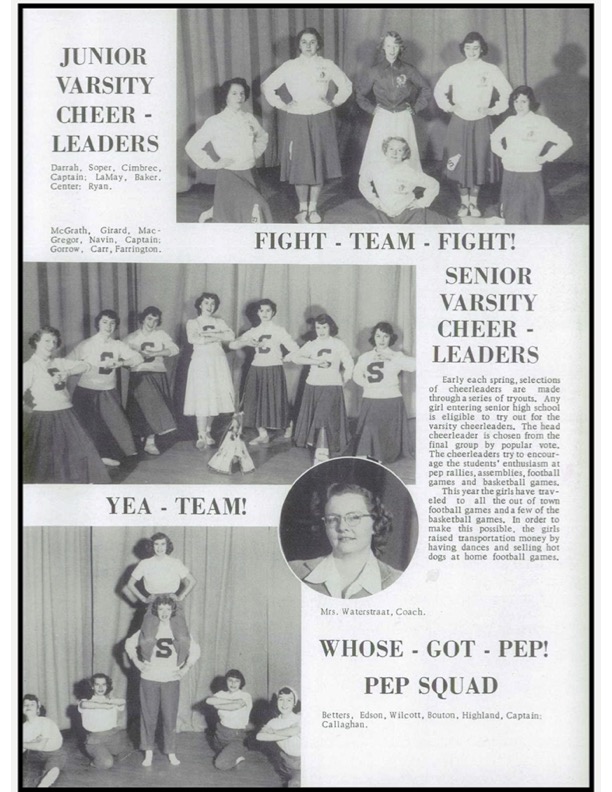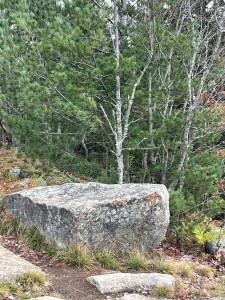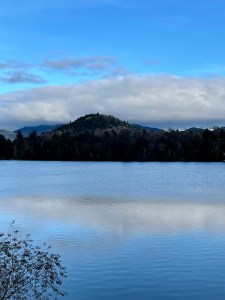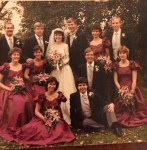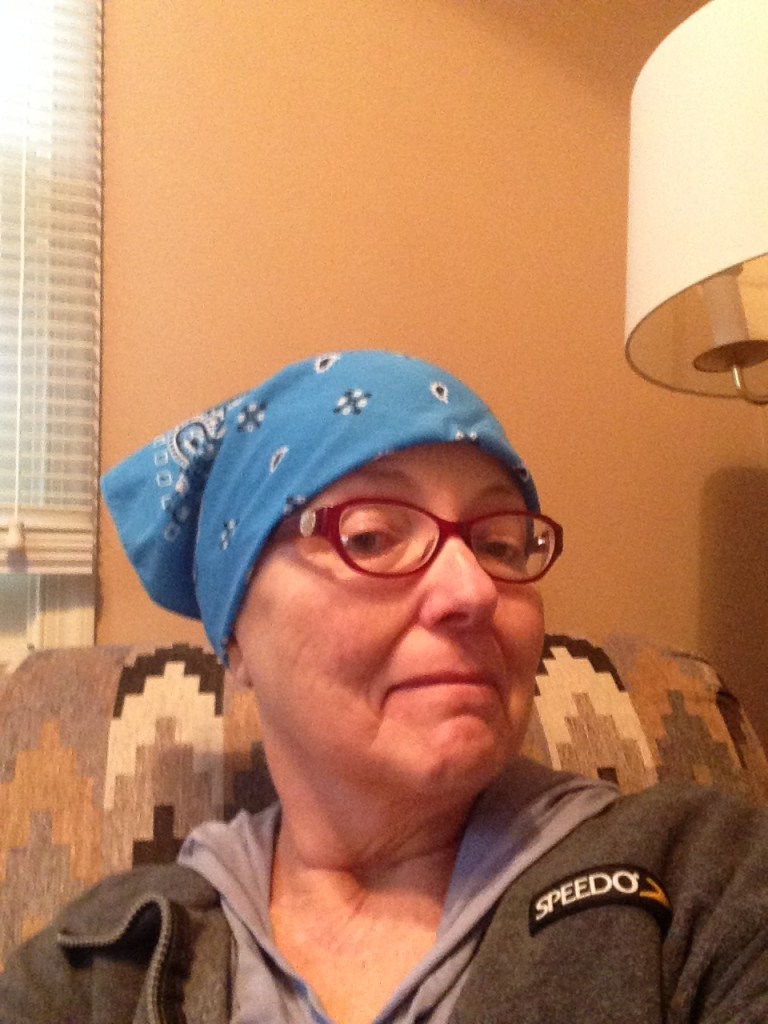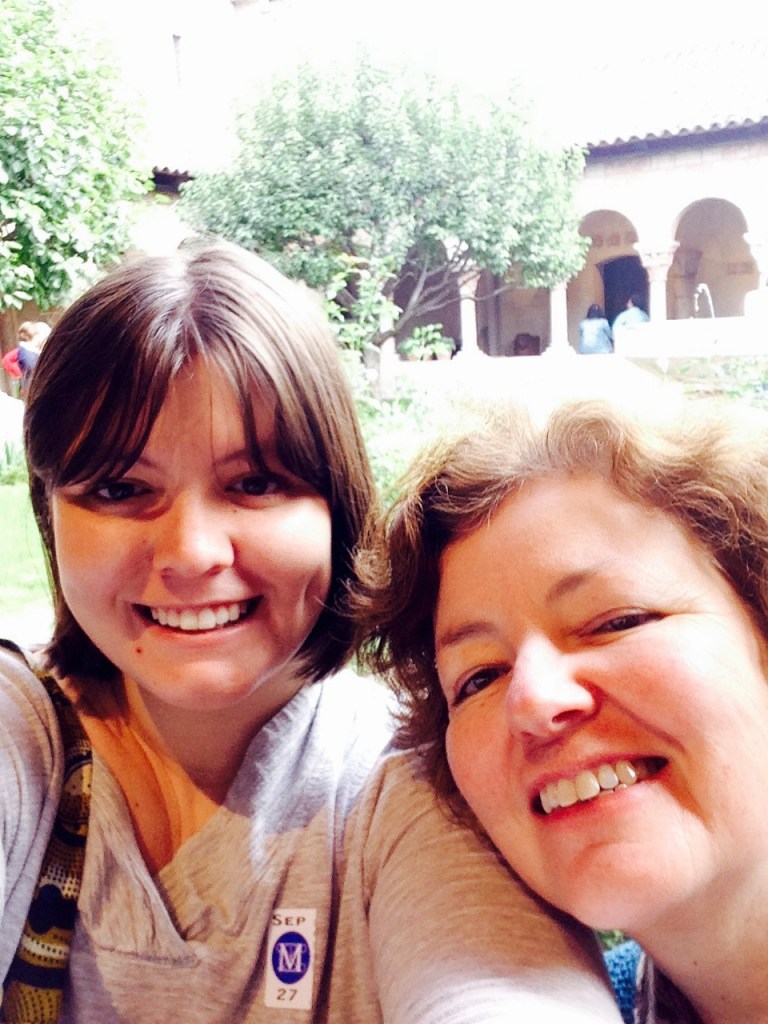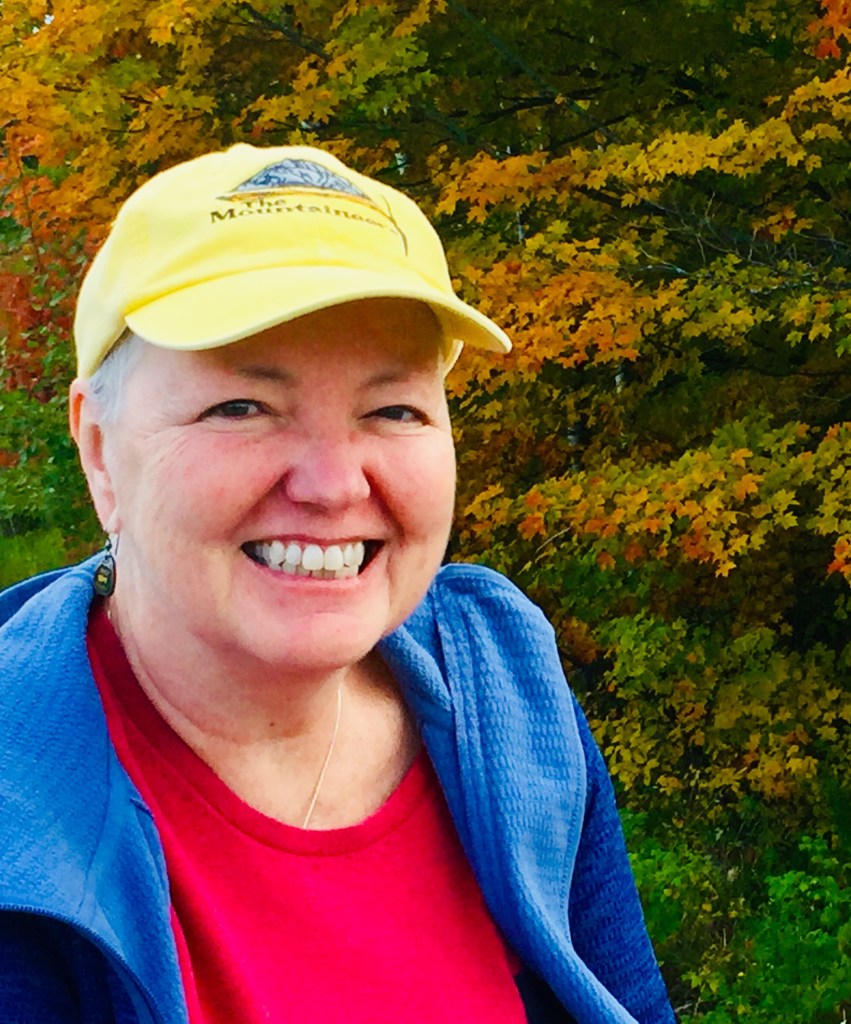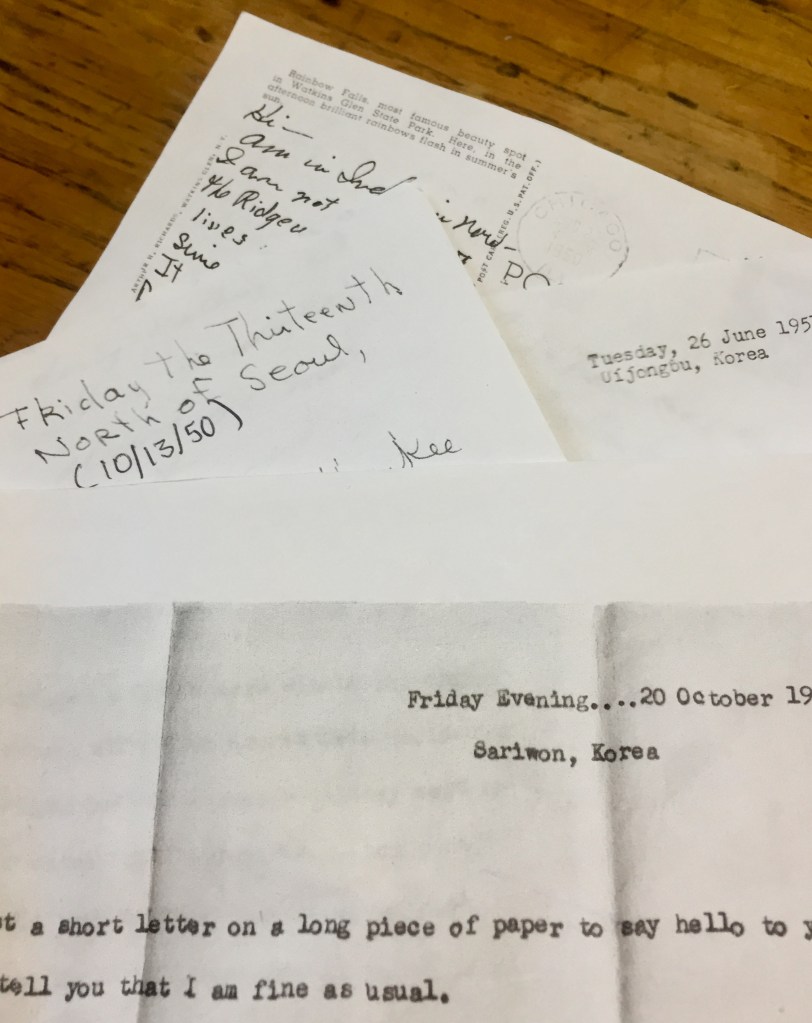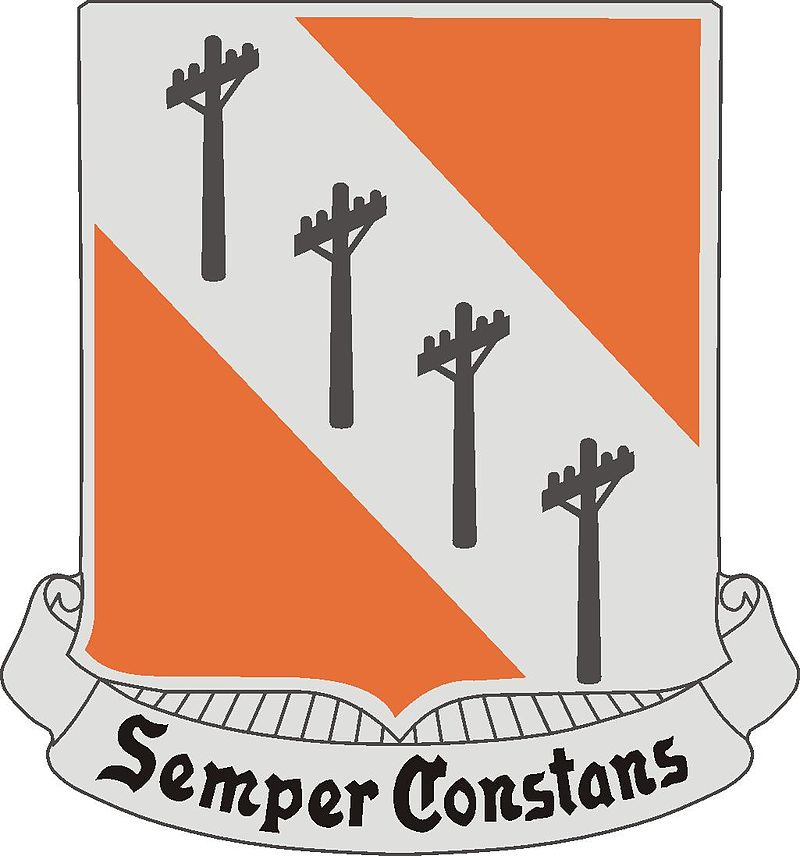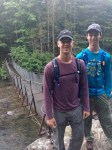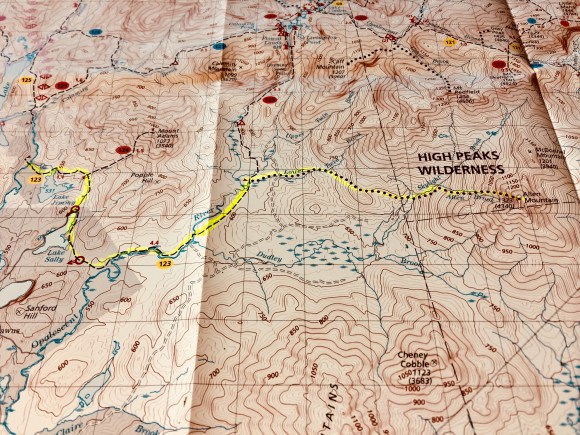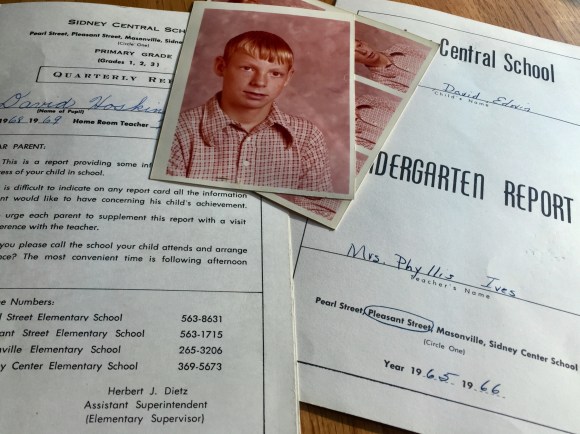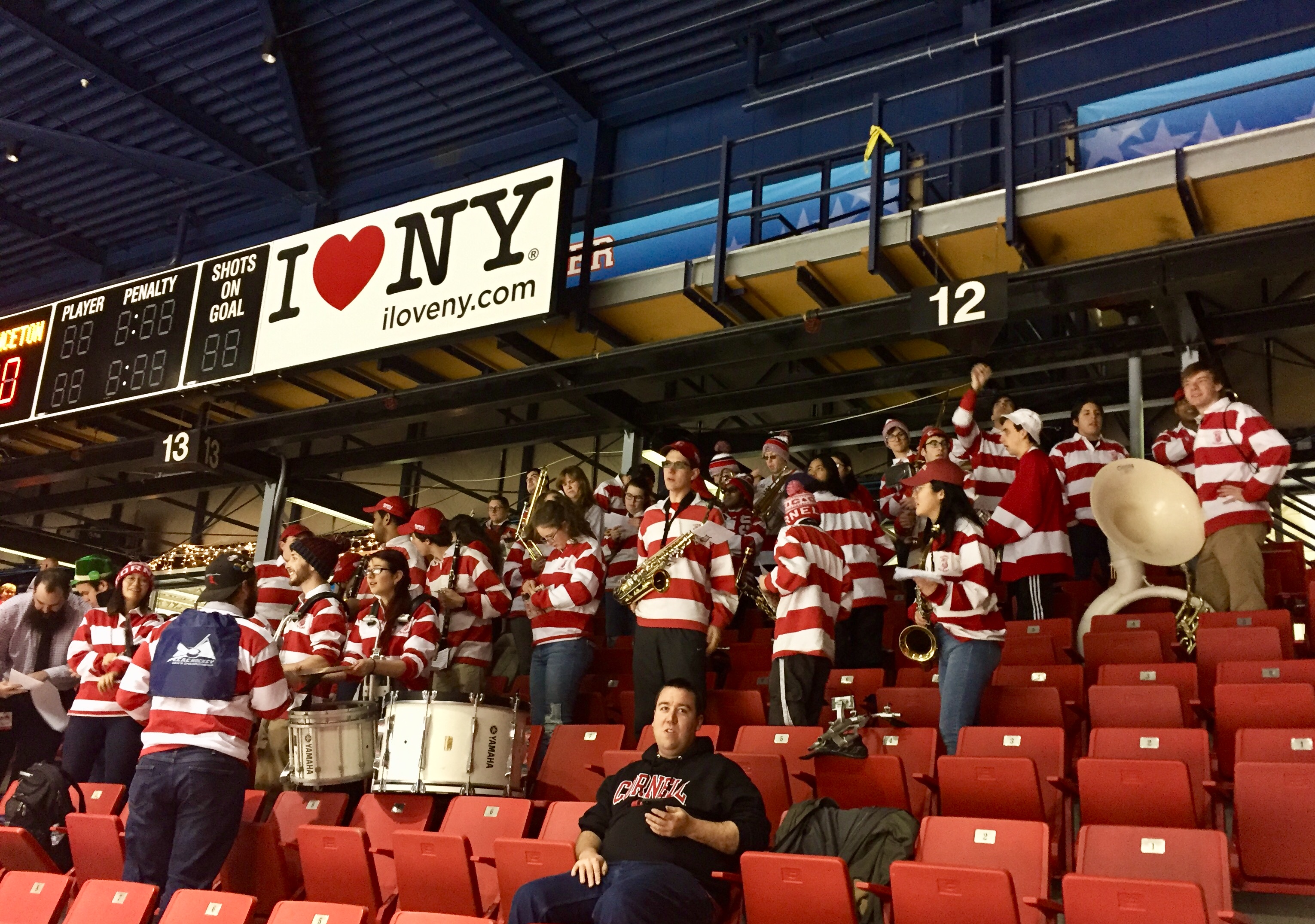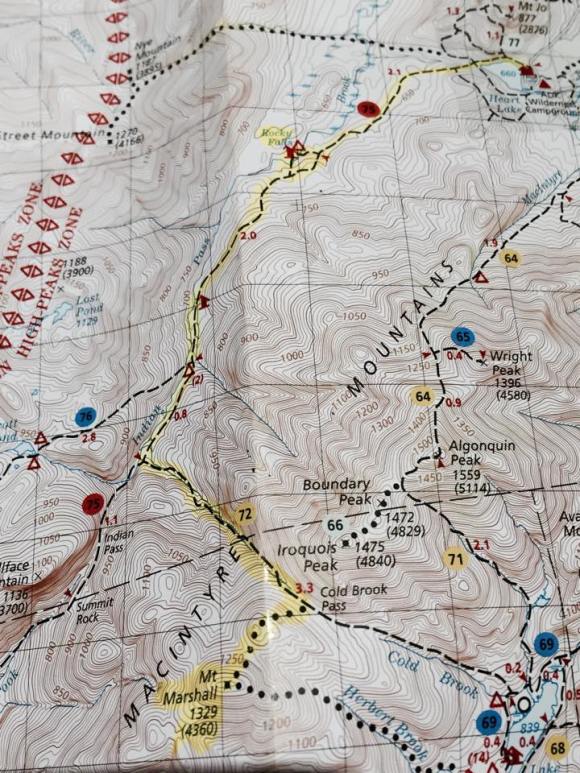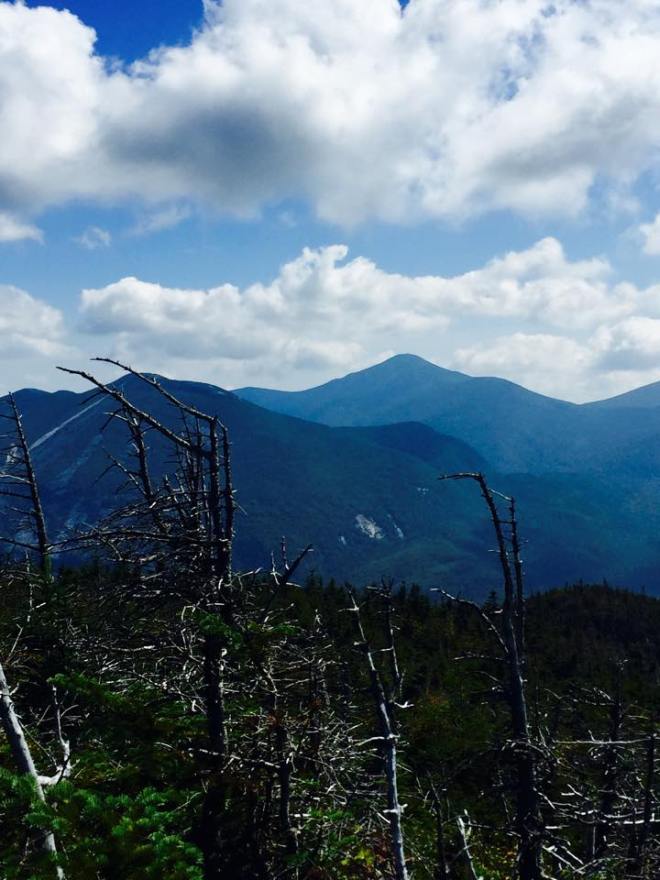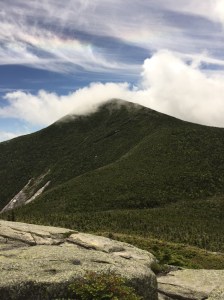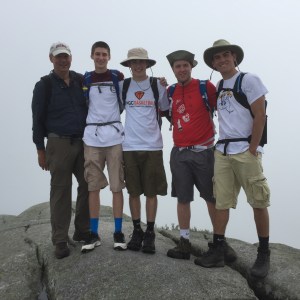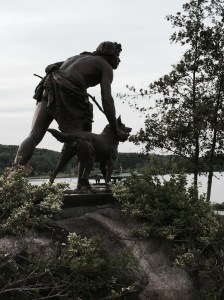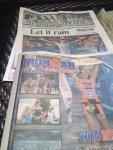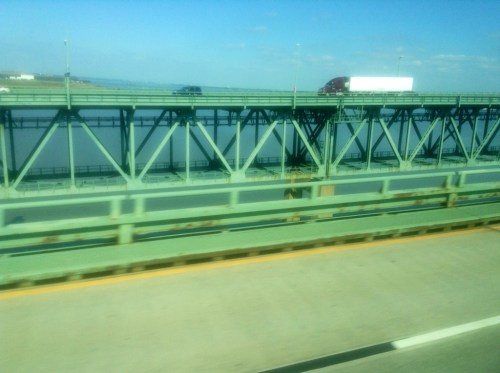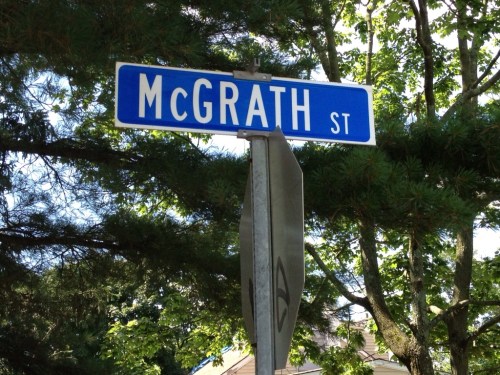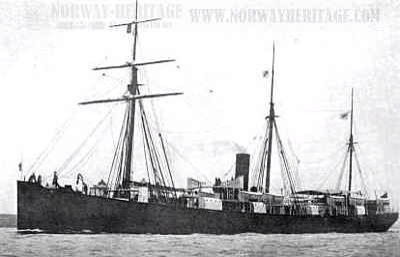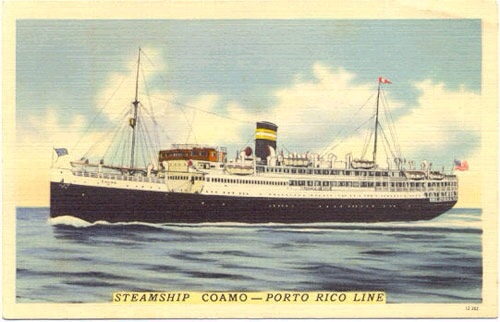This is the story of Lydia Presbrey and Samuel Hoskins, the man she married on June 13, 1776.
The story begins with the Presbrey family well established in Taunton, Lydia’s grandfather having married Hannah Smith a member of one of the oldest and most prominent families in the Massachusetts colony. Lydia’s father, William, was the oldest son and first in line to inherit this estate. There were four sisters in the family. The oldest was Mary, who was four years older than Elizabeth, who was two years older than Lydia, who was two years older than the youngest daughter, Abigail.
In 1773, their father died unexpectedly at age 47, having only outlived Lydia’s grandfather by two years. At the time of his death, the two oldest children, William and Mary, were already married. A sizable estate was left to the family, but nearly half of it passed directly to William as the oldest son. Lydia’s two remaining sisters, Elizabeth and Abigail, were married in 1775.
All this occurred in the months leading up to the signing of the Declaration of Independence, in the midst of social and political unrest in Massachusetts. On March 3, 1774, for example, the British Parliament enacted the Boston Port Act in response to the Boston Tea Party. It outlawed, by blockade, the use of the Port of Boston until restitution was made for the lost customs duty and the damages suffered by the East India Company.
This blockade and other hostile acts by the British, prompted the Provincial Congress, on October 26, 1774, to call for local militias to organize themselves into companies of Minute (sometimes spelled “Minnit”) Men, who were to be equipped and prepared to march at a moment’s notice.
A week earlier, on October 19, 1774, the Red Flag of Taunton was raised in protest on a Liberty Pole in the village green.
>
The Third Regiment of Bristol County was organized on November 19, 1774, and divided into an East Division and a West Division. On February 6, 1775, the East Division raised three Minnit Men companies and Samuel served as a private in the Company commanded by Captain Robert Crossman.
Two months later, on the evening of April 18, 1775, eight hundred British soldiers marched from Boston to Concord to destroy the military stores deposited there. The British fired upon militia men at Lexington early on the 19th, killing eight men, marking the start of the War of Independence in what would become known as the battle of Lexington and Concord.
The reports about Lexington and Concord arrived in Taunton late on the 19th and Samuel along with the rest of Captain Crossman’s Company marched for Roxbury on April 20th to provide support. After the battle, the Provincial Congress ordered that an Army be created. Taunton was required to furnish one Company of men for the new Army and Samuel served as a Private in this Company, which was led by Captain Oliver Soper. This enlistment lasted from May 2, 1775, thru August 1, 1775.
Samuel was home from the fall of 1775 through the spring of 1776 and on May 1, 1776, he joined nearly one hundred other men from Taunton in signing a document known as the Solemn League and Covenant. The signers committed themselves to making war against the British and defending the Colonies, promises that amounted to treason at the time.
Lydia and Samuel’s first child was conceived later that night.
Bristol County’s militia was reorganized in the spring of 1776 and Samuel was ordered to report to his new assignment in Colonel Thomas Marshall’s Regiment on June 27, 1776. Lydia and Samuel were married two weeks earlier, she now well into her pregnancy and he about to leave again for battle, perhaps never to return.
Samuel survived the ensuing skirmishes and had other enlistments through 1781. In 1784, he along with his father’s family moved to Berkshire County and later to Whitehall in Washington County, New York. In 1798, they moved to Scipio in Cayuga County, New York, where Samuel owned a farm in the Military Tract of Central New York
Samuel and Lydia Hoskins spent the rest of their lives together in Scipio and had eight children. Melinda, the child conceived on the night Samuel signed the Covenant, did not make the journey to New York, having died before the War of Independence was won.
SOURCES
1. Hoskins, Edwin Ray, A Hoskins Family Record with Reference to the Descendants of William Hoskins (Son of Henry and Ann Winthrop Hoskins) Migrated to Massachusetts 1633 (E. R. Hoskins 1963) (U.S. Library of Congress, CS71.H351 1963). Samuel Hoskins was born on September 9, 1753, the oldest son of Joshua and Lydia (Robinson) Hoskins. Samuel’s ancestors are traced as follows: Samuel 6; Joshua 5; Samuel 4; Samuel 3; William 2; Henry 1. The first american, William 2 (b. 1615, d. 9/7/1695) migrated to Massachusetts in 1633, and married first Sarah Cushman and second Ann Hinde (sometimes identified as Hinds or Hynes), who was the mother of Samuel 3.
2. The Boston Port Act, 14 Geo. III. c. 19.
3. Emery, Samuel Hopkins, History of Taunton, Massachusetts From its Settlement to the Present Time (D. Mason & Co. 1893), Chapter XX, page 435-39, 445, 483
4. Hurd, D. Hamilton, History of Bristol County, Massachusetts, with Biographical Sketches of Many of its Pioneers and Prominent Men (J. W. Lewis & Co. 1883), page 845.
5. Rev. Joseph Waite Presby, William Presbrey, of London, England, and Taunton, Mass., and his descendants, 1690-1918 (1918, The Tuttle Company).

